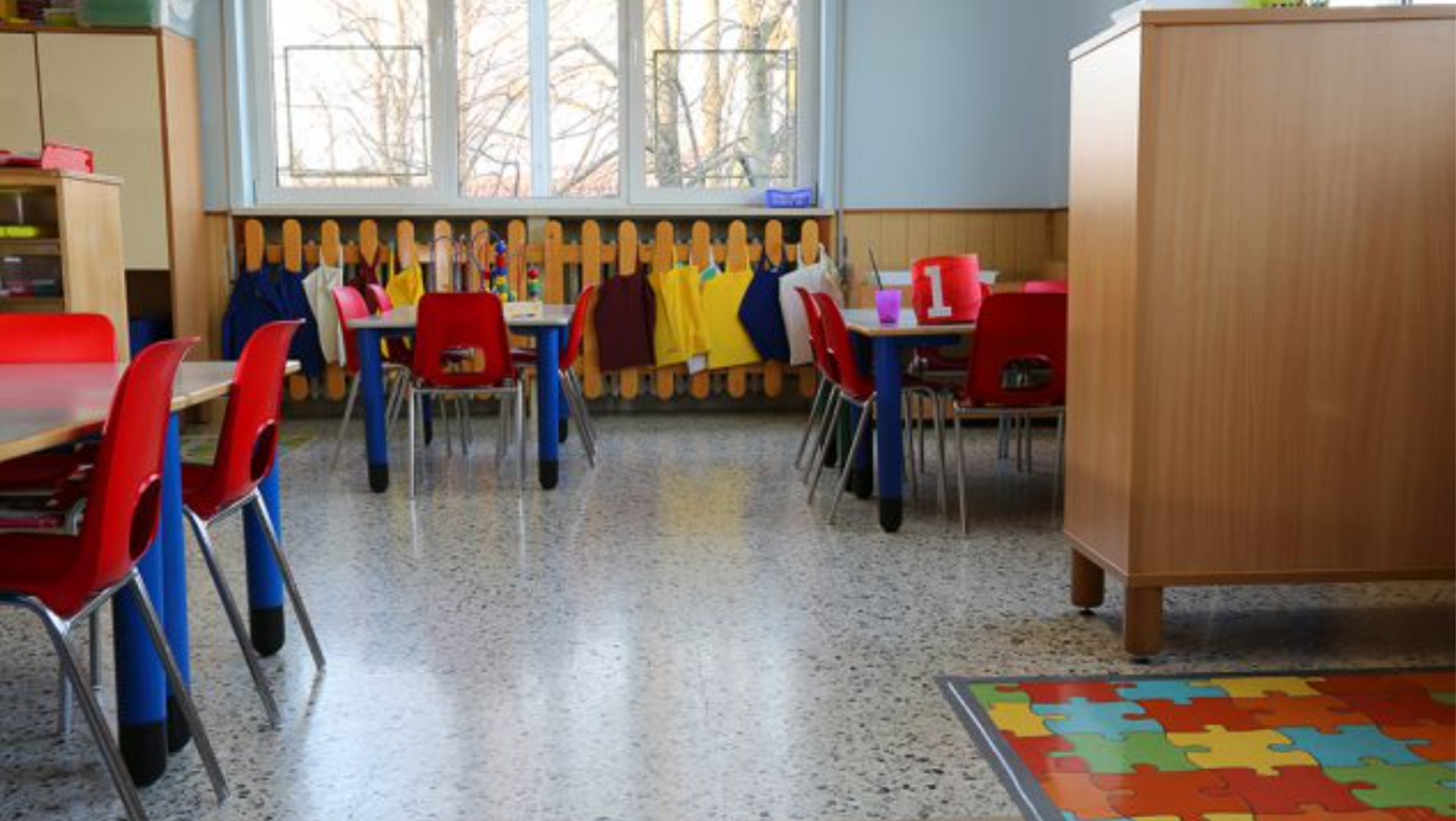What to know
The Louisiana Department of Health (LDH) uses the Choose Safe Places for Early Care and Education (CSPECE) Disaster Recovery Supplement to protect children.

Identifying ECE Programs at Risk after Hurricane Harvey
Using Data to Identify Early Childhood Education (ECE) Programs at Increased Risk after Hurricane Harvey
The Louisiana Department of Health (LDH) uses the Choose Safe Places for Early Care and Education (CSPECE) Disaster Recovery Supplement. This resource helped them to protect children in their state. LDH protected over 1,000 children attending early care and education (ECE) programs in Hurricane Harvey-affected areas from harmful exposures. Using a newly developed geographic information system and an ECE survey, LDH also identified ECE programs with increased environmental risks. With these tools, LDH identified 263 ECE programs in hurricane-affected areas that may have had private wells. Wells can be contaminated by bacteria, from flood water and other sources, which are harmful to children's health.
LDH also provided CSPECE Disaster Recovery Supplement guidance to 75 ECE programs. This guidance informed ECE providers about how to protect children from Hurricane Harvey related harmful exposures. It also provided guidance on how to prevent future harm from disasters yet to come. Complementing this work, 40 ECE programs also used a Post Disaster Self-Assessment Form (PDSAF). This form helped them identify environmental health hazards after the disaster. The PDSAF facilitates rapid screening of potential disaster-related health hazards. It also provides recommendations for protecting children against harmful environmental and chemical exposures during disaster recovery. Additionally, the LDH educated city planners on CSPECE Disaster Recovery Supplement work. They also created online learning opportunities for developing policies to ensure that ECE programs are located in areas safe for children.

